Fall in love with a hidden gem, a golden part of Japan that’s a rare glimpse at uncompromising beauty and traditions that span centuries.
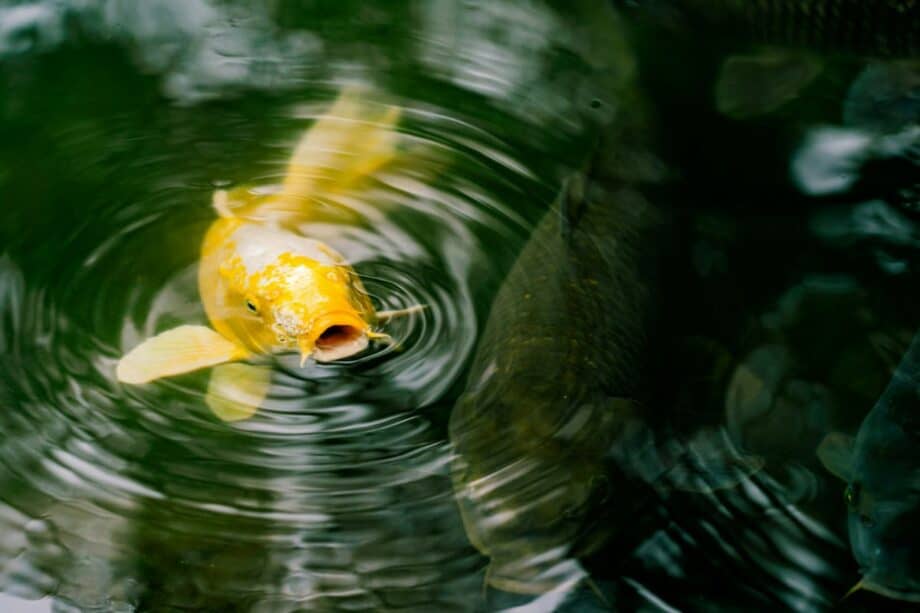
If Japan’s Ishikawa prefecture, on the north-west coast of Honshu Island, isn’t on your travel wish list, it should be. Just a bullet train ride from Tokyo and hugging the coastline of the Sea of Japan, this is a place of breathtaking landscapes, antique streetscapes, centuries-old crafts, vibrant geigi culture, temples, gardens, amazing food, hot springs, cherry blossoms in spring and ski slopes in the winter. With the remote Noto Peninsula, historical castle town of Kanazawa, seafaring city of Kaga, and mountainous Hakusan region, there’s something to explore, excite and enthral everyone.
Most will have heard of the devastating earthquake that hit Ishikawa’s Noto Peninsula on New Year’s Day, 2024. But while months may be needed for certain parts of the Noto Peninsula to reopen to tourism, large areas of Ishikawa remain untouched and open for business. Now is a good time to visit as income generated from tourism will greatly help recovery efforts.
Much of the Noto Peninsula is still off-limits for tourists, but areas like Kanazawa and Kaga suffered minimal damage and most of their stunning attractions are open. So, if you’re planning to travel to Japan in the near future, consider spending some time in Ishikawa.
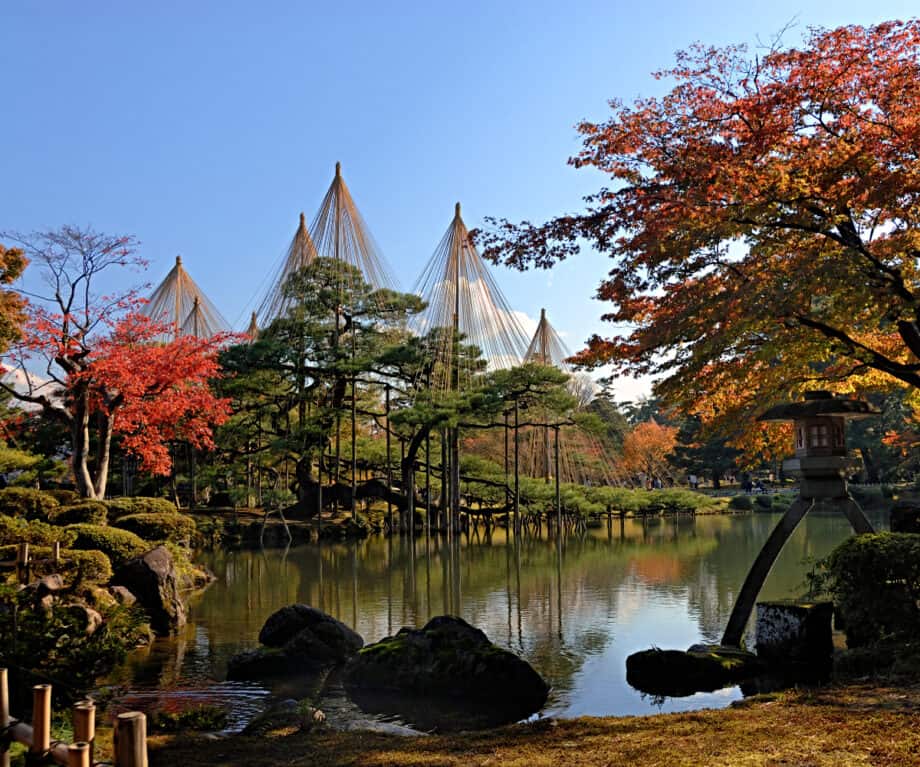
Kanazawa
Kanazawa, the capital of Ishikawa prefecture, is a city with a rich culture and history, that successfully blends modern with traditional. This is an important city in the region and boasts numerous historical attractions as well as modern museums.


Kenrokuen Gardens
Kanazawa’s main attraction Kenrokuen Gardens opened to the public in 1871 and is one of Japan’s most beautiful, famous traditional-style gardens. The garden is small enough to see everything within an hour, but definitely a place I could happily stroll through time and time again. Trees, shrubs, ponds, waterfalls, this garden has it all. Its appearance changes with the seasons, from cherry blossoms in spring to carpets of green moss in the summer, in autumn the Japanese maples turn crimson and russet, and in winter gardeners tie up the trees with bamboo and rope to protect them from heavy snowfall. Shigure-tei teahouse sits within the grounds of Kenrokuen and is perfect to relax while enjoying a bowl of tea and traditional snacks.


Kenrokuen used to be the outer garden of Kanazawa Castle and was constructed by the ruling Maeda family over a period of nearly two centuries – the garden and the castle are in the same complex.
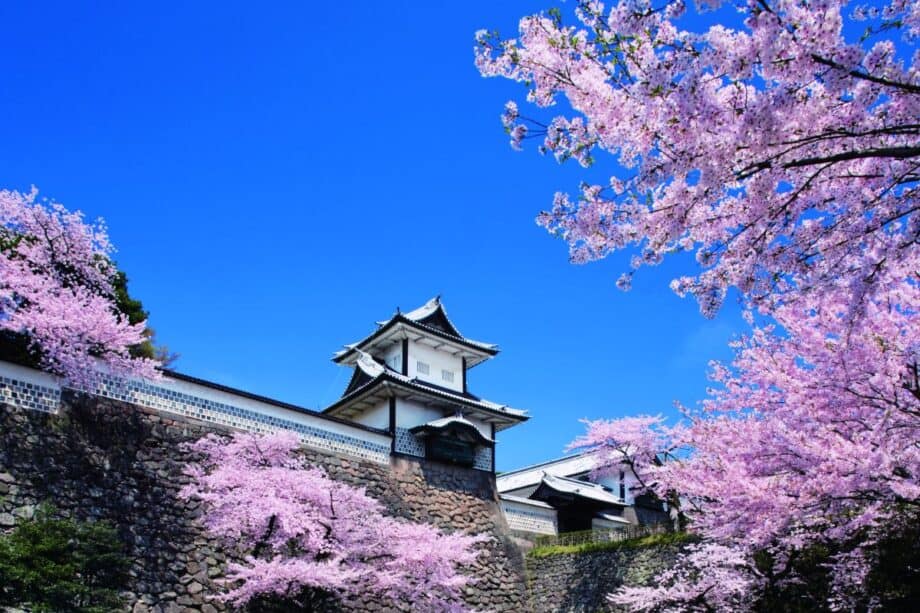

Kanazawa Castle
Kanazawa Castle is one of the most popular tourist destinations in Ishikawa prefecture. Built in 1580, the castle has suffered a lot throughout history, with several devastating fires over the years. The city has recently rebuilt sections of the castle and it’s an impressive place to visit. A traditional tea service is available at Gyokusen’an Rest House in the Gyokusen’inmaru Garden of the Kanazawa Castle grounds.

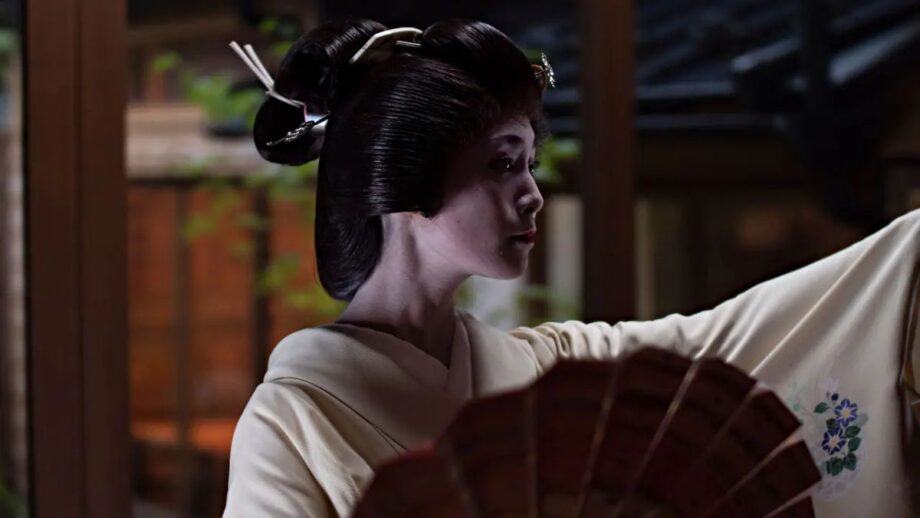
Higashi Chaya District
The Higashi Chaya District with its many restaurants and shops is the entertainment district of Kanazawa. The chaya or ‘teahouses’ were traditionally places where customers would visit for performances by geisha (or geigi as they are called in Kanazawa). We visited In Kanazawa House to experience a traditional geisha evening with food, entertainment and a chance to talk with the lovely geigi ladies between performances.


Omicho Market
The following morning we started our day at Omicho Market, Kanazawa’s largest fresh food market, with over 180 stalls and restaurants, which has been in existence since the 1600s. We shopped, with assistance, before returning to In Kanazawa House to watch, learn, and take our turn at making sushi.
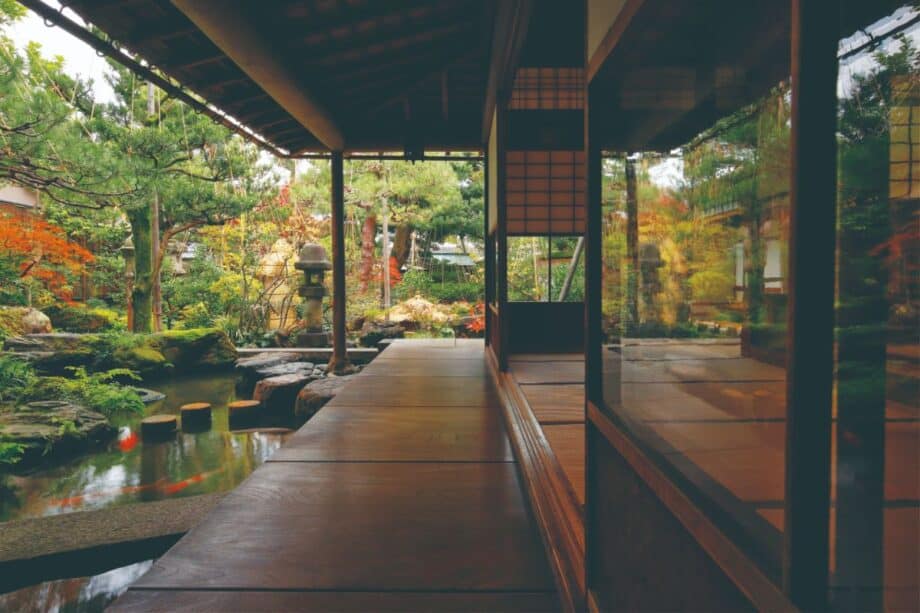
Nagamachi Samurai District
The cobblestone streets and tiled earthen walls of Nagamachi District were once home to several samurai families during the Edo period (1603–1867) and if you spend a little time exploring here you can get a sense of what life was like for samurai of that time. One highlight is the Nomura Residence, the only samurai residence open to the public in Naga-machi. There are various heirlooms on display including a full suit of samurai armour.


The Noguchi Naohiko Sake Institute
Under an hour’s drive from Kanazawa city, lies the hamlet of Kanagaso, so tiny that even many locals don’t know of its existence. Here you’ll find the Noguchi Naohiko Sake Institute. Noguchi Naohiko is one of the most famous Toji (sake master brewers) and has been making sake since 1949. In 2017, he came out of retirement to open the Noguchi Naohiko Sake Institute with the aim of teaching future master brewers. Try some of the institute’s delicious sake in their special tasting room.

Just down the road is Auberge Eaufeu, an elementary school that closed some years ago, due to depopulation, and has been reborn as a luxury hotel and fine dining restaurant.

A great choice for somewhere to stay in Kanazawa itself is the Hyatt Centric Kanazawa an upscale hotel situated in the heart of the city, close to all the attractions and just seconds from the railway station where the bullet train to and from Tokyo arrives and departs.
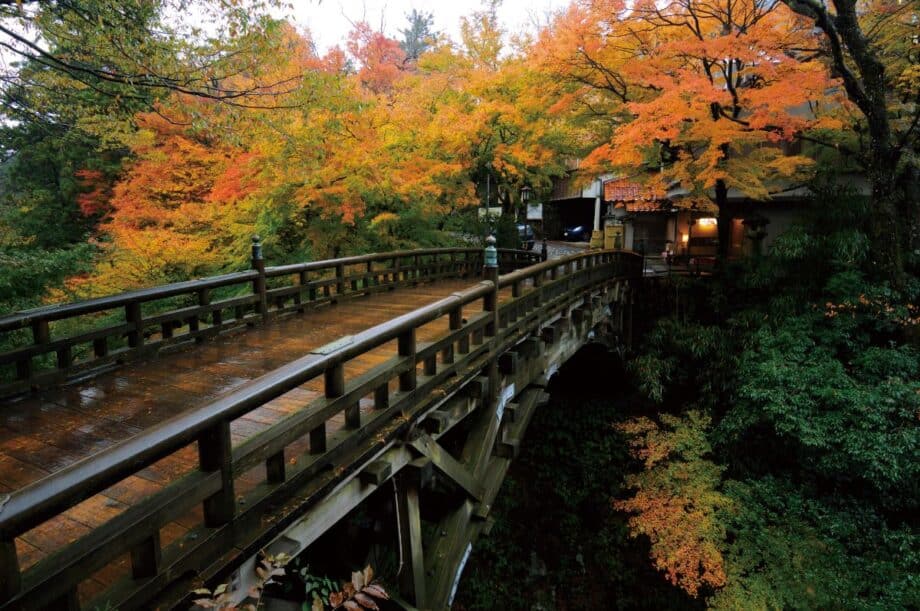
Kaga Onsen
The southern part of Ishikawa is defined by geothermal hot springs, majestic mountains, and the Sea of Japan. Kaga Onsen is a collection of four hot spring towns (onsen) south of Kanazawa, not far from the 2,700m Mount Hakusan, one of Japan’s three holiest mountains. The hot springs were discovered over 1,300 years ago by monks visiting Mt Hakusan and have been popular, ever since. A characteristic of Kaga’s hot spring towns is their public baths (soyu), which are found in the centre of each town. Visit this scenic part of Ishikawa to experience fresh Japanese seafood, unparalleled onsen bathing, luxurious Japanese ryokan (traditional inns), unspoiled nature and serene temples and shrines.

Yamashiro Onsen
Yamashiro Onsen is a traditional hot-spring resort town nestled in the foothills of Mt. Hakusan. Visitors can immerse themselves in the atmosphere of old Japan by staying in a ryokan inn and taking a soak in the town’s soyu (public bath) or ko-soyu (old public bath). You’ll have your own private thermal bath in your room if you stay at the lovely Tachibana Shikitei ryokan in town. Alternatively, the stunning Mori no Sumika Resort & Spa with gorgeous rooms, incredible food and fantastic hot spring baths is just outside of town.
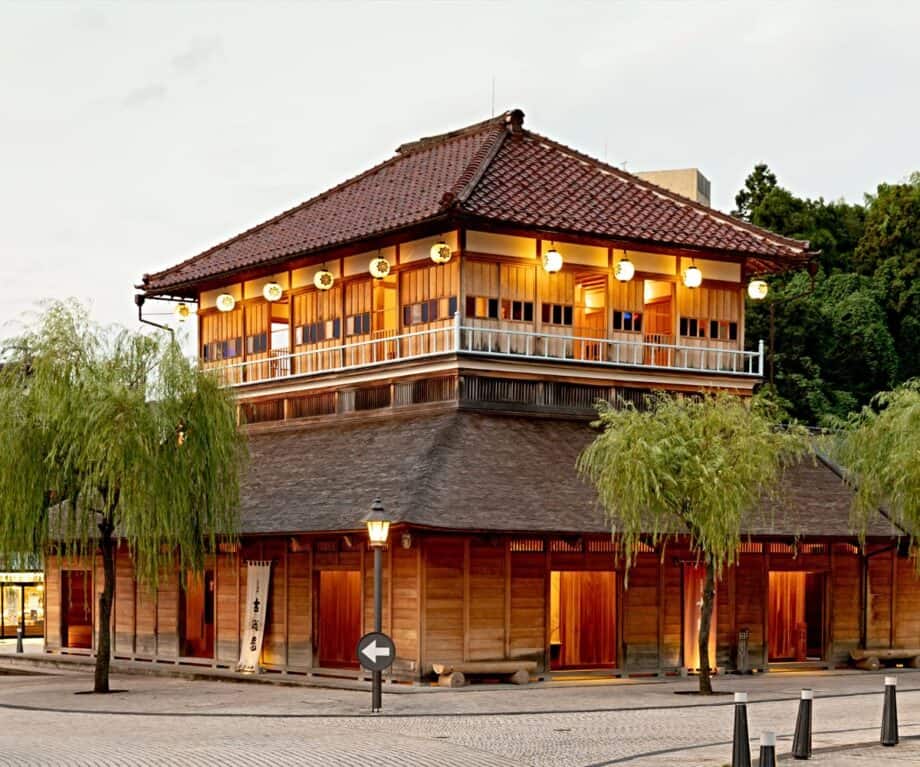
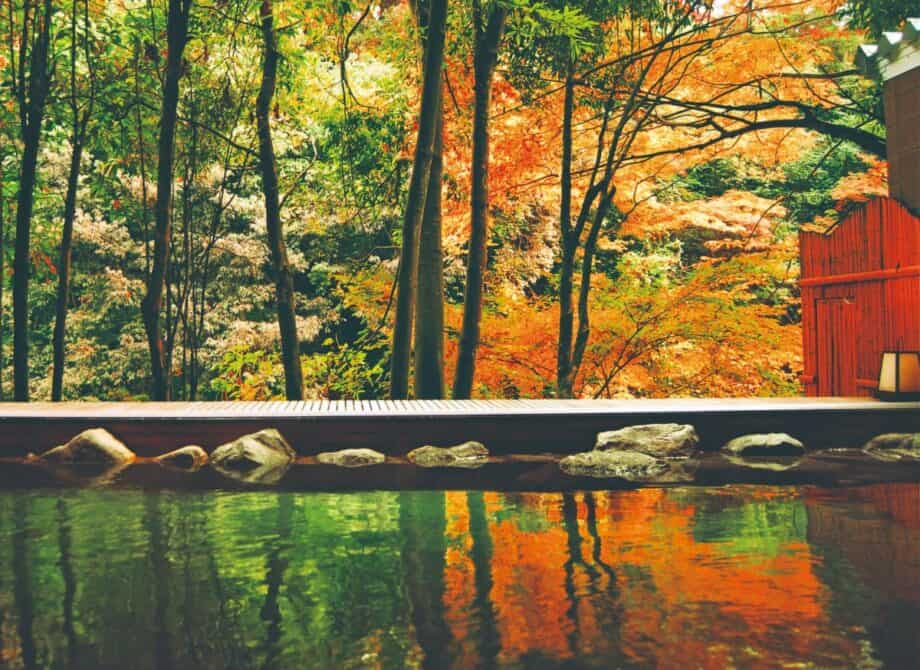
Yamanaka Onsen
Yamanaka Onsen is a small resort town along the Kakusenkei Gorge. Yamanaka Onsen’s hot-spring waters are said to ease muscle and joint pain, speed recovery from disease and improve one’s general health. You can bath at the Kikunoyu, Yamanaka’s public bath house, which has separate buildings for men and women, in the town centre. A great place for lunch in town is the Enuma Station Bistro – French cuisine with Japanese precision.

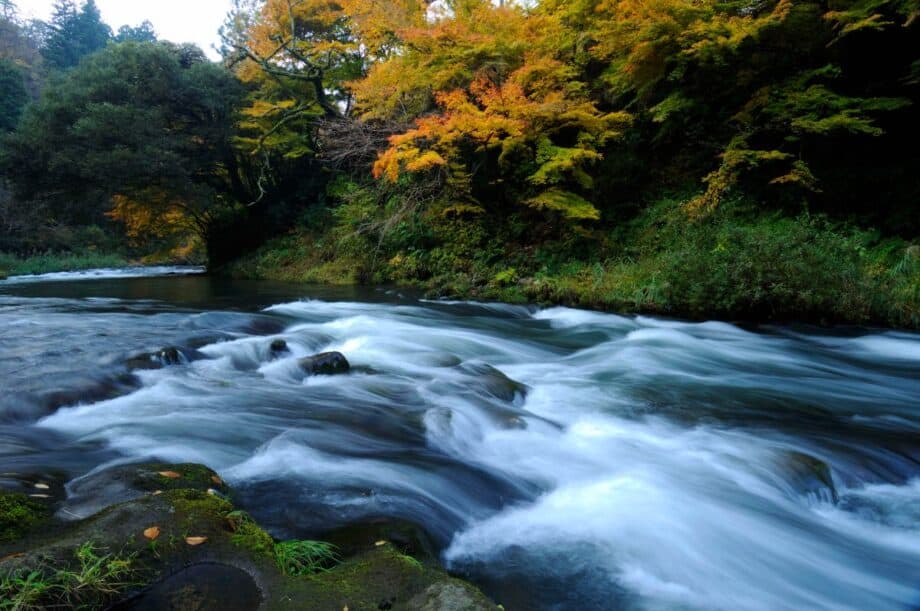
Kakusenkei Gorge
The Kakusenkei Gorge runs parallel to the town of Yamanaka Onsen and is just a few blocks from the town centre. The Gorge is crossed by several picturesque bridges. There’s a beautiful wooden bridge at one end and a modern steel bridge at the other, a 20-minute forest trail leads from one bridge to the other via the gorge with its river, waterfalls and unique rock formations – a tranquil escape from the town above.

Natadera Temple
At the beautiful Natadera Temple, dramatic cliffs and natural rock formations tower over unique temple buildings, serene mossy forests, carp-filled ponds and traditional-style gardens. In 717 the monk Taicho climbed Mt. Hakusan, and whilst meditating on the highest peak was inspired to build Natadera Temple. Natadera’s wooden halls and pagodas are intricately carved with Chinese zodiac animals, peonies, and chrysanthemums, and the main hall, used for most Buddhist services, houses a 25ft statue of Kannon (the Buddhist goddess of mercy and compassion).

The Hokuriku Shinkansen train route between Tokyo and Kanazawa, Ishikawa’s capital, means the region can now be reached in just under two and a half hours by bullet train, making this fantastic part of Japan accessible to every traveller.
It’s time to visit this special part of Japan.
Did you enjoy this article?
Receive similar content direct to your inbox.
Please enable JavaScript in your browser to submit the form

